WALSHESTOWN SPLASH
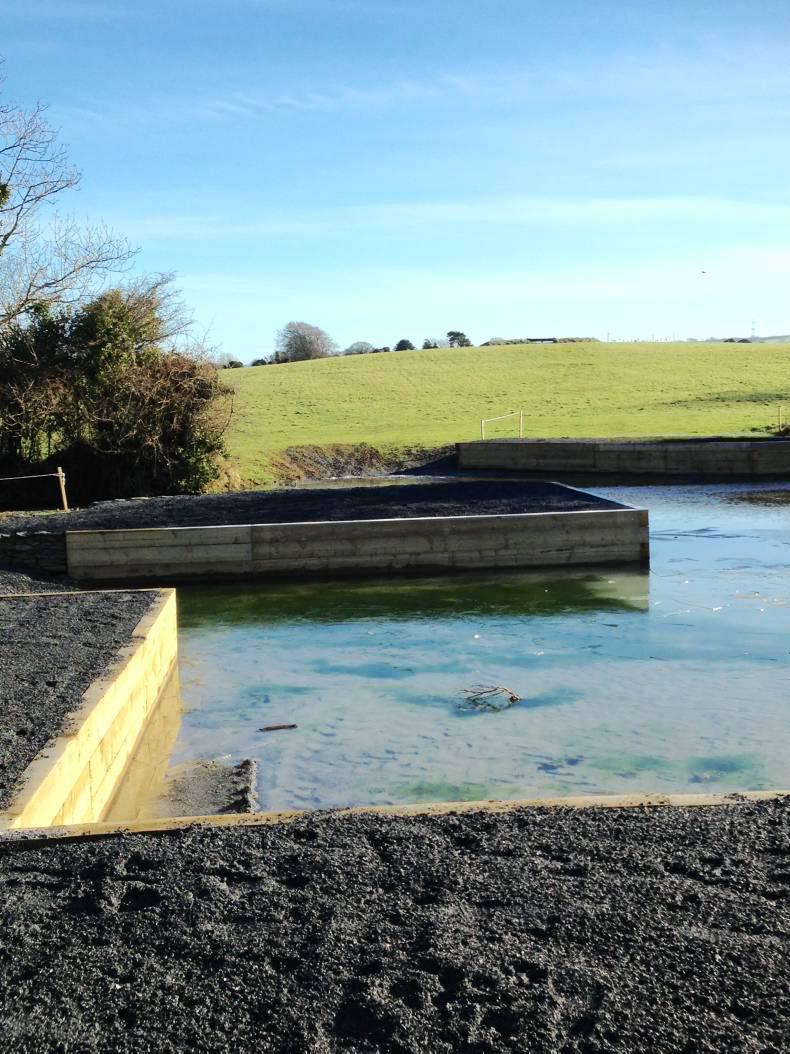
John Dillon: This water complex was originally used in 1991 for the Europeans. It is now three times the size it was back then. The open riders will most likely run-in and jump up onto the centre bank (two strides) followed by three strides back in the water before jumping out. This fence is likely to be quite early on in the course so I think that a run in might be enough for both novice and open. We are not trying to catch anybody out, we just want to give them a taste and maybe next year we can add a fence into the mix. Novice riders are likely to have a run in and a jump out of the water. The Walshestown splash will ride well.
Shannon Nelson: As this fence is likely to be early on in the course and the horse might not have settled into a rhythm I would be cautious of the horse being a little spooky. Riders will need to have a good contact on approach and have their leg on.
MOUND AND SPLASH
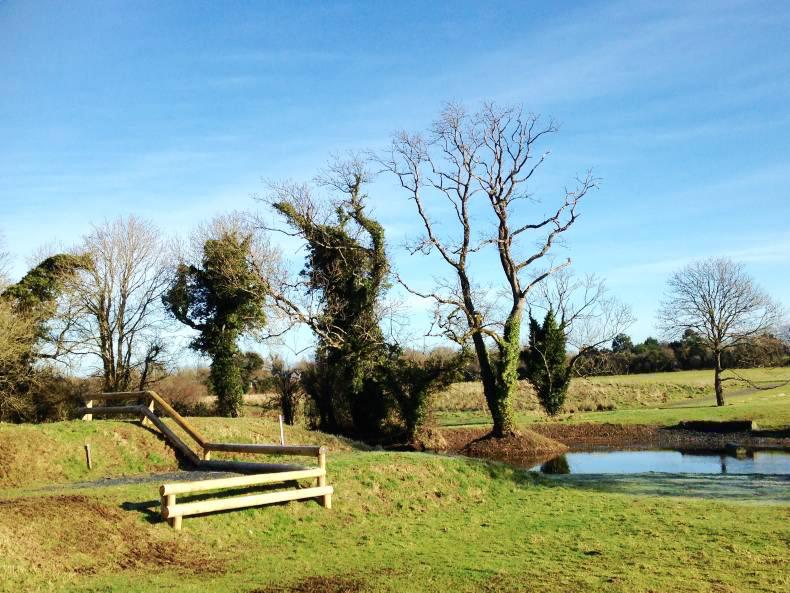
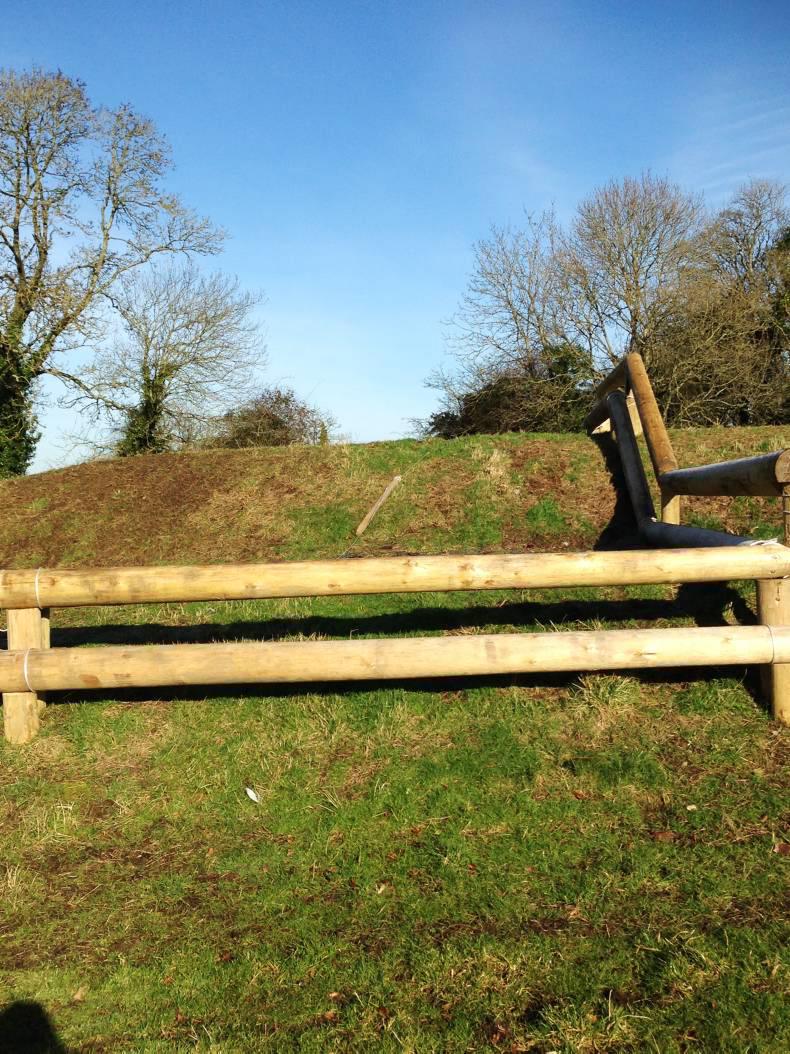
JD: Before entering the water riders will have to negotiate an uphill combination of rails. The open riders will jump up the side of the bank and continue to the top where they will make a right hand turn over the second rail in the combination. If you approach the first rail straight on, jumping through the centre, before heading straight up the bank to the second part you will have a stop. The horse won’t have any time to prepare for the fence and the water down below will take the horse by surprise. The way riders walk the course will be very important. It is technical rather than big so if you are going for gold you need to plan your route out well. The novice riders will jump the smaller rail. Having negotiated the rails all riders will go through the water and out over a new set of steps.
Zara Nelson: I would be aiming to jump the left-hand side of the first part of this combination, flowing around to the right to jump the second rail. This way you are less likely to break rhythm and unbalance the horse. This will also save you time.
THE GROWING BANK
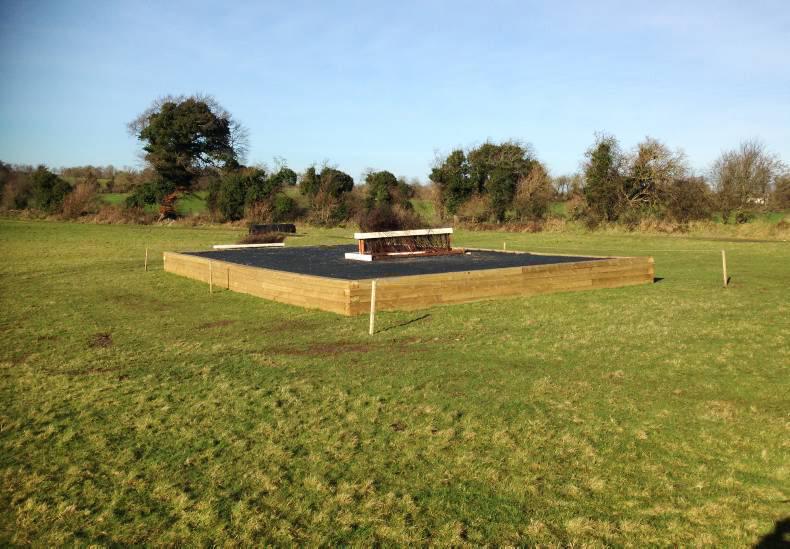
JD: We named this new bank the growing bank because our aim is that each year people come back we will have added something new to it. We want to have steps put on and a derby bank. Novice riders will jump across the bank and will have about seven or eight strides to a fence. The open riders will jump up the bank and will have to negotiate a bullfinch on the bank before jumping off to another bullfinch. If riders take it handy coming off the bank they won’t have any problems here.
ZN: This fence is likely to appear mid-way through the course and at this point your horse might be starting to feel tired. Young or inexperienced horses will also be starting to feel mentally tired having negotiated a number of obstacles already. Riders need to keep this in mind or the horse might unexpectedly stop or run out. Riders need to have plenty of forward impulsion taking on a jump up onto a bank followed closely by a fence.
THE EYELASH
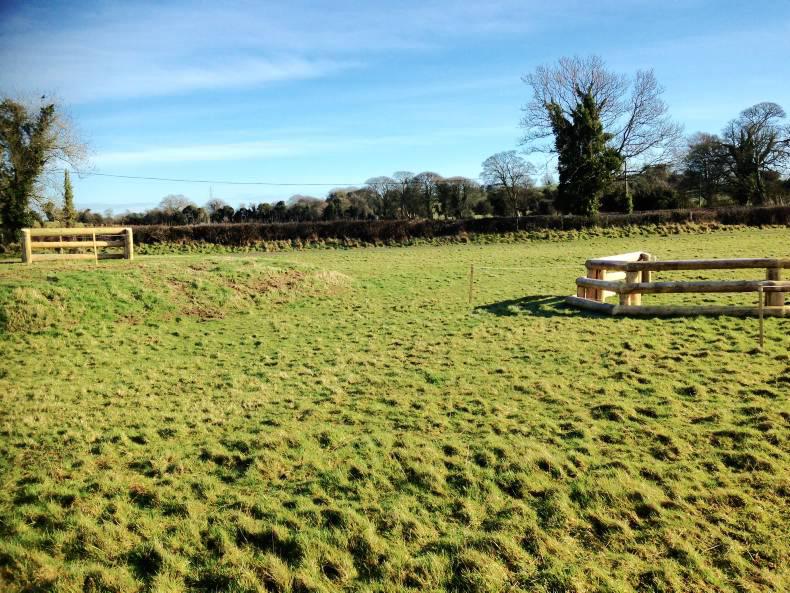
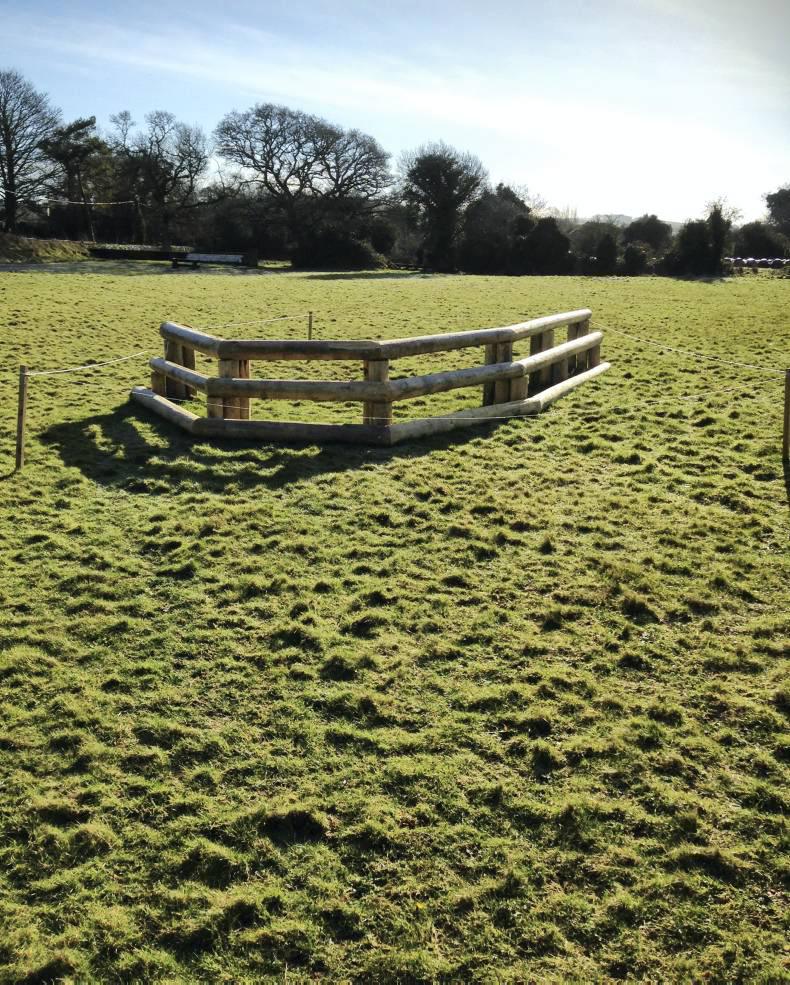
JD: Here we have two nice straightforward fences just over half way around the course - the second of which we have named the eyelash. Riders will come up a gentle bank to the first rail. However the most direct route to the eyelash will be hampered by a number of trees. Riders will have to assess what route they are going to take. If the horse is not straight for the eyelash there is plenty of opportunity for the horse to run out.
SN: As the first part of this obstacle is an open rail on a bank horses will have slowed slightly going up the bank and may back off further when they spot the trees so riders are going to need a lot more leg than they might think. Have your line to the eyelash well planned out because you are going to have to guide the horse around the trees to the next fence which might be hidden. Keep up a nice forward rhythm on the turn so you don’t lose time but make sure you jump the eyelash straight on and not at an angle – the shape of this fence invites the horse to run out.
THE DESIGNER’S THOUGHTS
The course is predominantly technical rather than very open and big. A nice steady hunter will pop around it but a very hot horse may have problems. We are leaving the natural landscape around the course untouched so horse and rider will have a few branches to brush through. Out hunting you can have branches hanging down that you will have to try and avoid or duck around and you might have to jump onto a bank and steady the horse to turn or jump out over a ditch. Control is paramount in these situations and that is what we will be testing. I’m not fond of vertical fences. I like ascending rails, spreads and natural hunting obstacles. My main aim is to get everyone home safely.